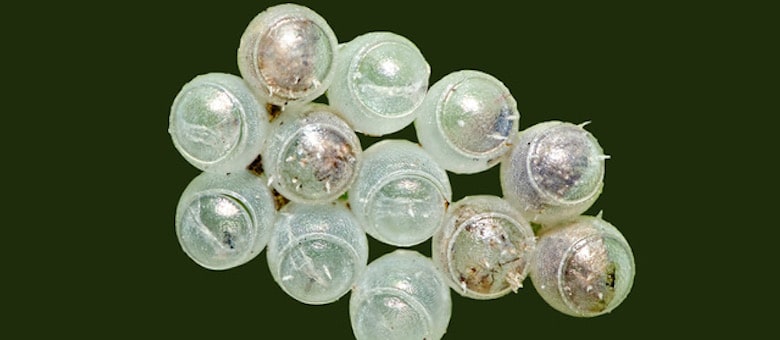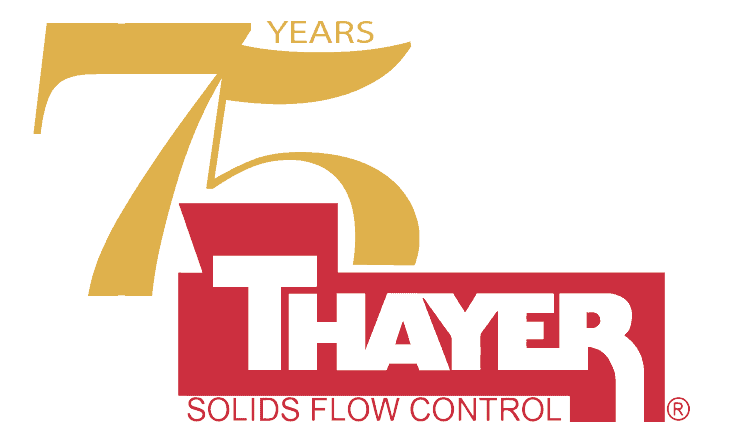The current food production has a long way to go. Essentially, it needs to double to fulfill the food requirements of the ever-growing population. This effort would require finding environment-friendly and sustainable food production methods and food sources. In this case, edible insects could be a good solution as they satisfy the human need for food and are highly nutritious.
The growth of the edible insects market is mainly attributed to the growing greenhouse gas emissions from the livestock and poultry industries, the nutritional value of insects, the low environmental impact of their entire life cycle, and the low risk of transmitting zoonotic diseases.
Based on insect type, the edible insects market is mainly segmented into the following:
- crickets
- mealworms
- black soldier flies
- buffalo worms
- grasshoppers
- ants
- and many more edible insects
In terms of value, in 2020, the crickets segment accounted for the largest share of the overall edible insects market. The large share of this segment is mainly due to the high nutritional value, easy farming, and easy processing of crickets.









































